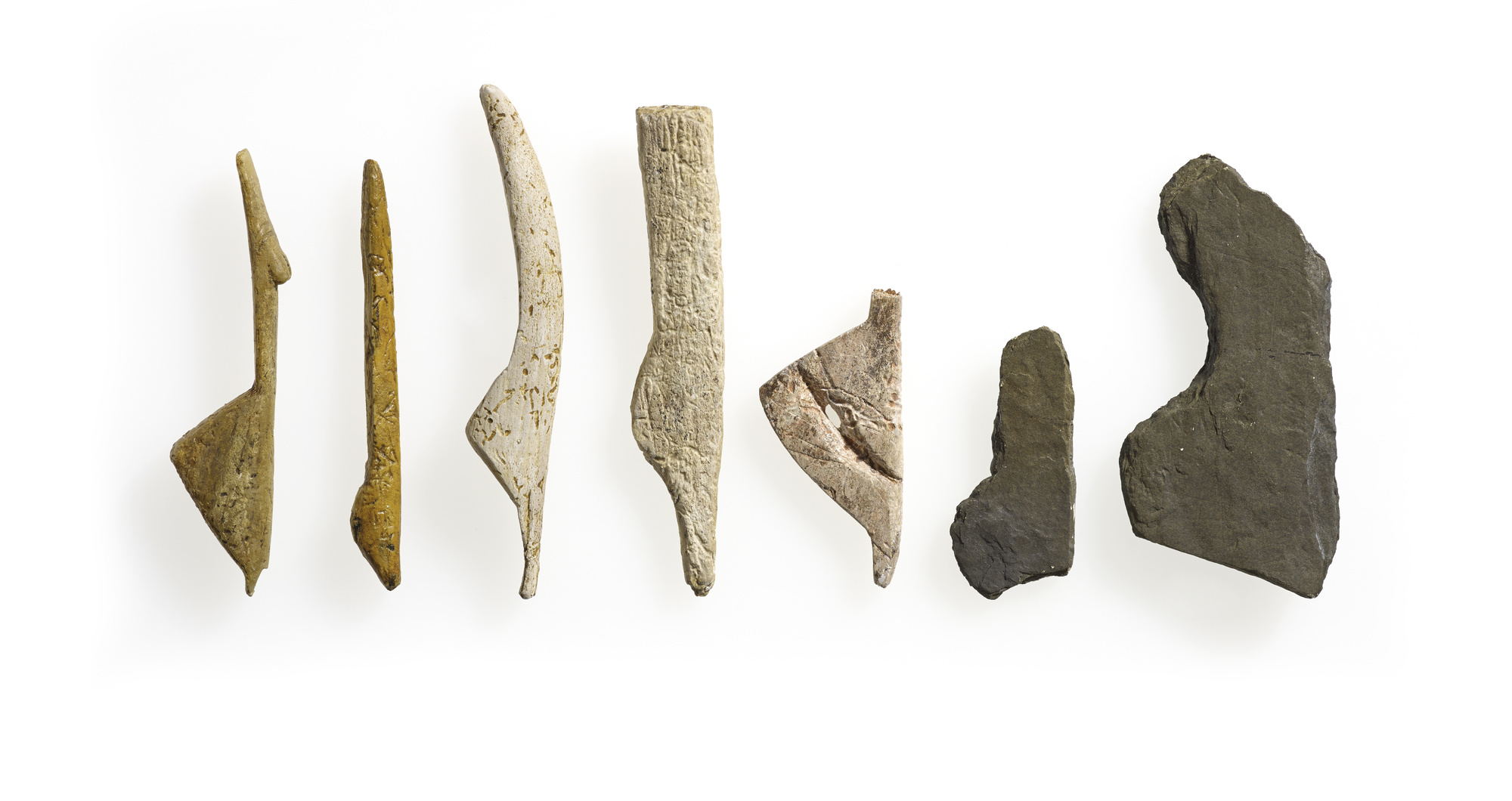
- Home
- More insights into the Magdalenian way of life
- The Magdalenian in the Rhineland and Thuringia
- Contexts and habitats
In the Rhineland, in the region of Cologne, and in Thuringia, between Frankfurt and Leipzig, the Magdalenian occupations, more or less contemporaneous with those at Étiolles, are particularly well represented. In these two regions there are more than 50 deposits, including some first-rate open-air sites. In Thuringia, like in the majority of the regions they occupied but unlike in the Rhineland or the Paris Basin, the Magdalenians often settled at the entrances to caves.
A long tradition of research
The discovery and study of evidence from the Magdalenian period began in the 19th century. In 1874, Karl Theodor Liebe explored the Lindenthaler Hyänenhöhle cave at Gera-Pforten in Thuringia. In 1883, Hermann Schaaffhausen carried out the first excavations on the Andernach-Martinsberg open-air site in central Rhineland. Gönnersdorf, the second large open-air site in the Rhineland, was only discovered much later, by Gerhard Bosinski in 1968, and was excavated until 1976, which led to new excavations at Andernach that continued until the mid-1990s.
Few sites as well-preserved as Étiolles
Sites as well-preserved as Étiolles are rare and are always in the open air. In the two regions, we currently know of only three deposits of this type. These include Gönnersdorf and Andernach-Martinsberg in the Rhineland, where the discovery of concentrations of remains, with large stone slabs, pits and patches of ochre, has made it possible to make careful studies of Magdalenian habitats. These two sites have been protected by loess and by ashes from the Laacher See volcano, whose massive eruption 2,000 years after the Magdalenians’ departure covered the region in several metres of ashes. Structures comparable to those at the two Rhineland sites have been uncovered at Oelknitz, in the Saale Valley, in Thuringia.
Like at Étiolles, Magdalenian groups returned to these sites many times, probably due to their strategic location on the valley slopes. The remains of infrastructure indicate that they created covered shelters, such as tents and rock shelters, and that they probably stayed for several weeks.






